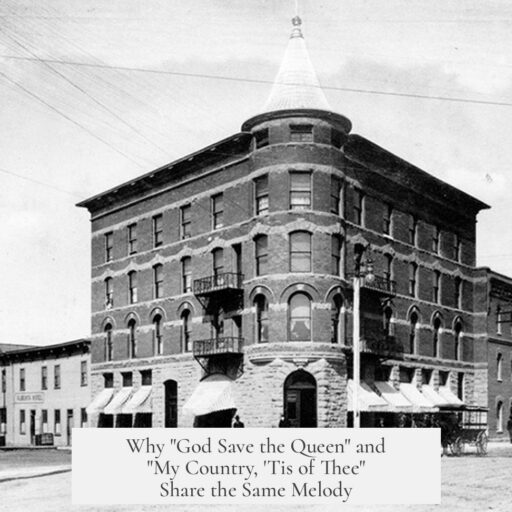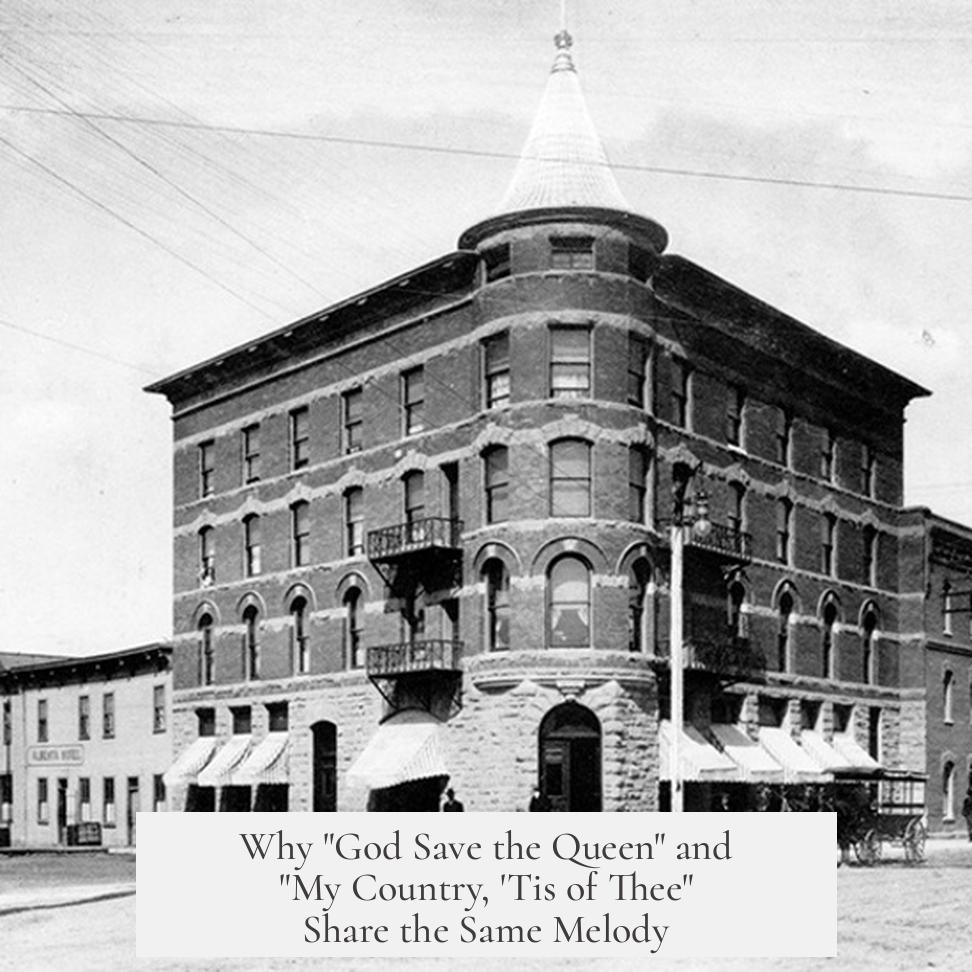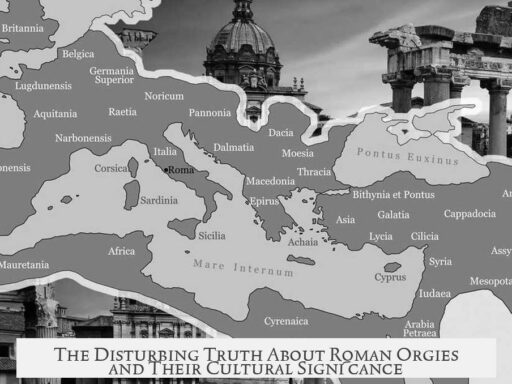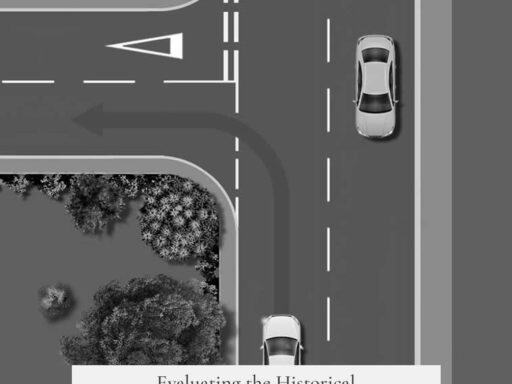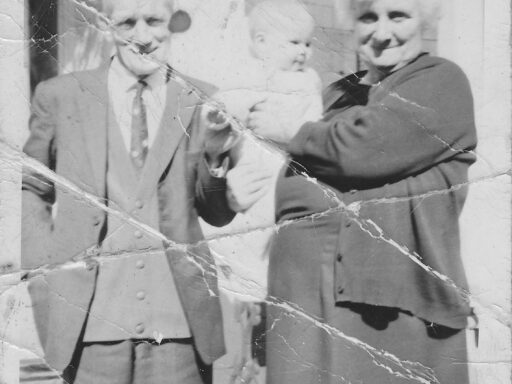“God Save the Queen” and “My Country, ‘Tis of Thee” share the same melody because they are examples of contrafactum, a practice where new lyrics are set to an existing tune. This tradition, dating back to at least the 13th century, explains why different songs use identical melodies, especially in Western music history.
Contrafactum refers to the replacement of the words of a song while keeping its original melody. In Europe, this has been common since medieval times. By taking well-known tunes and applying new lyrics, composers and poets made songs more accessible and relevant to their audiences.
The tune known as “God Save the Queen” emerged in England during the mid-1700s, originally as a pro-monarch anthem reacting to the Jacobite Uprising of 1745. Its melody gained widespread popularity and was adopted across the British Empire. In this way, it became a musical emblem of loyalty and national pride.
Across the Atlantic, American colonists and later citizens adapted the melody for their patriotic purposes. They set various lyrics to the tune, such as “God Save America,” “God Save George Washington,” and “God Save the Thirteen States.” Ultimately, the words for “My Country, ‘Tis of Thee,” written by Rev. Samuel Francis Smith in 1831, became the most enduring American text paired with this melody. The tune itself is often simply called “America” in the United States.
| Song | Year/Origin | Lyricist | Context |
|---|---|---|---|
| God Save the Queen | Mid 1700s, England | Unknown | Pro-monarch, response to Jacobite Uprising |
| My Country, ‘Tis of Thee | 1831, USA | Rev. Samuel Francis Smith | Patriotic American lyrics set to British melody |
The tune’s widespread recognition led celebrated composers to incorporate it in classical works. Beethoven composed variations on this melody, while Rossini used it in the finale of his opera “Il viaggio a Reims,” combining it with other national anthems. This demonstrates the tune’s significance as a symbol of national identity and cultural exchange.
Several other famous songs reflect the contrafactum practice:
- “Ah! vous dirai-je, maman” – a French melody used for “Twinkle, Twinkle, Little Star,” “Baa Baa Black Sheep,” and the alphabet song in English.
- “Happy Birthday” – originally set to the tune “Good Morning to All.”
- German folk songs retexted by Goethe as poetic exercises.
- Franz Joseph Haydn’s anthem “Gott erhalte Franz den Kaiser,” later repurposed as “Deutschland, Deutschland über alles.”
- American Civil War songs, with “John Brown’s Body” retexted as the “Battle Hymn of the Republic.”
This tradition helped popular tunes cross borders and political lines, making them vehicles for new messages. The reuse of melodies showed flexibility in cultural expression and allowed communities to assert identity through familiar music.
In sum, the shared melody of “God Save the Queen” and “My Country, ‘Tis of Thee” results from the contrafactum practice. English and American histories intersected through this tune, serving both monarchic and republican sentiments via different lyrics.
- Contrafactum is the practice of using a known tune with new lyrics.
- “God Save the Queen” became popular in mid-1700s England.
- Americans adapted the tune with various patriotic words.
- “My Country, ‘Tis of Thee” lyrics date from 1831 by Rev. Samuel Francis Smith.
- The melody inspired classical composers like Beethoven and Rossini.
- Other examples include “Twinkle, Twinkle, Little Star” and Civil War songs.
Why Do “God Save the Queen” and “My Country, ‘Tis of Thee” Have the Same Melody?
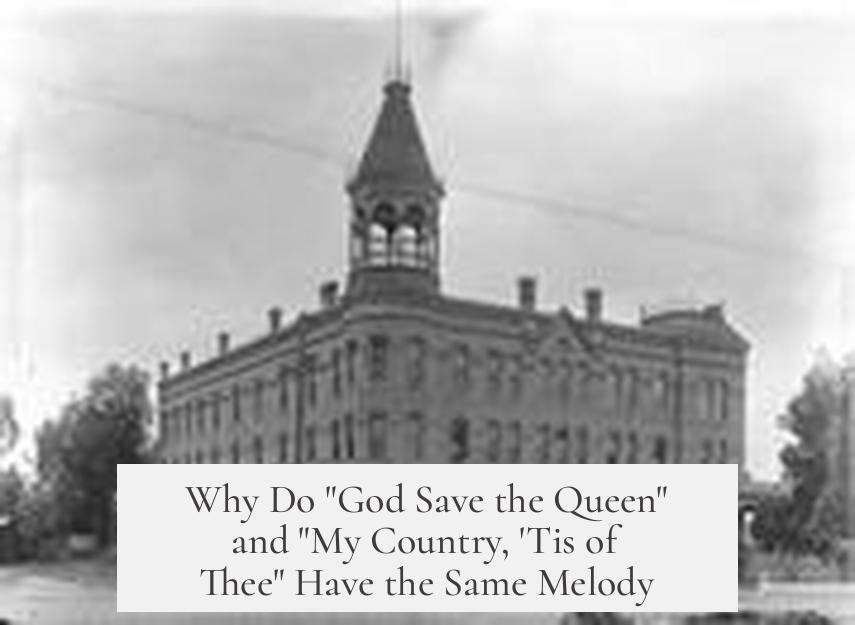
It’s because they share the same tune by design, a practice called contrafactum, where new lyrics are set to an old melody. This isn’t some quirky coincidence. Instead, it’s a rich tradition in Western music that dates back centuries, and it’s how two anthems from different nations ended up sounding like musical twins.
So, why does one melody get recycled with new words? And how did “God Save the Queen” and “My Country, ’Tis of Thee” become melodic cousins? Let’s explore.
Meet Contrafactum: The Art of Musical Recycling
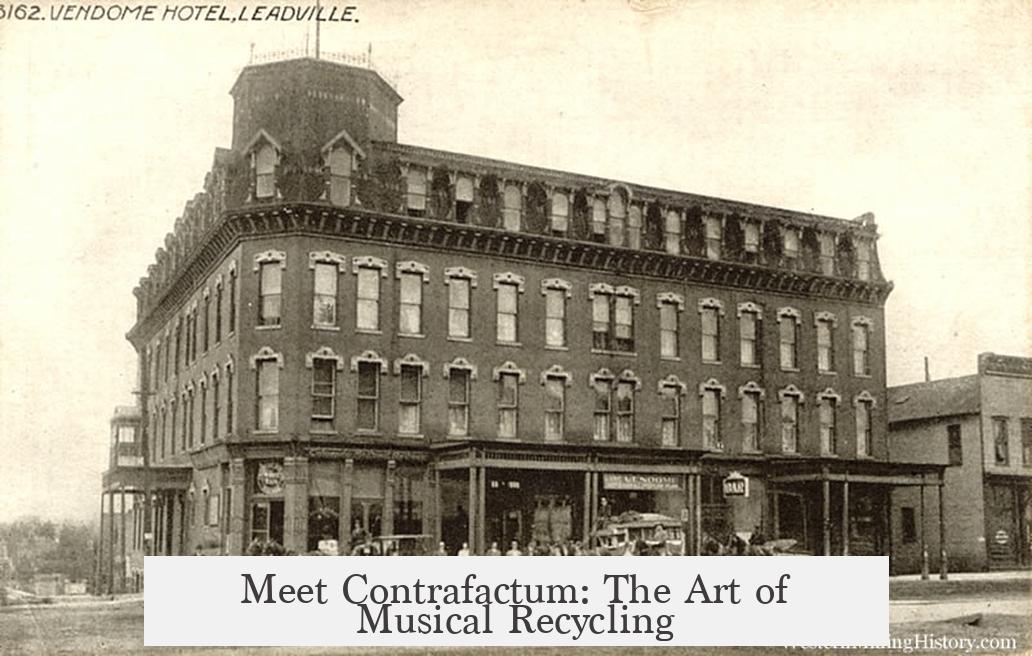
Contrafactum is a fancy word for a really simple idea: take a melody you like and write new lyrics to it. It’s a musical remix before remixes were cool. This practice has been around since at least the 13th century.
A new song that simply replaces the words of an old one is called a contrafactum, and it’s been used in the West for centuries.
Why do artists and cultures do this? Because melodies carry emotional weight. When a tune gains popularity, attaching new words can help spread new messages quickly. Plus, people find it easier to sing something familiar rather than learn an entirely new tune. Smart, right?
“God Save the Queen”: The English Anthem’s Origin
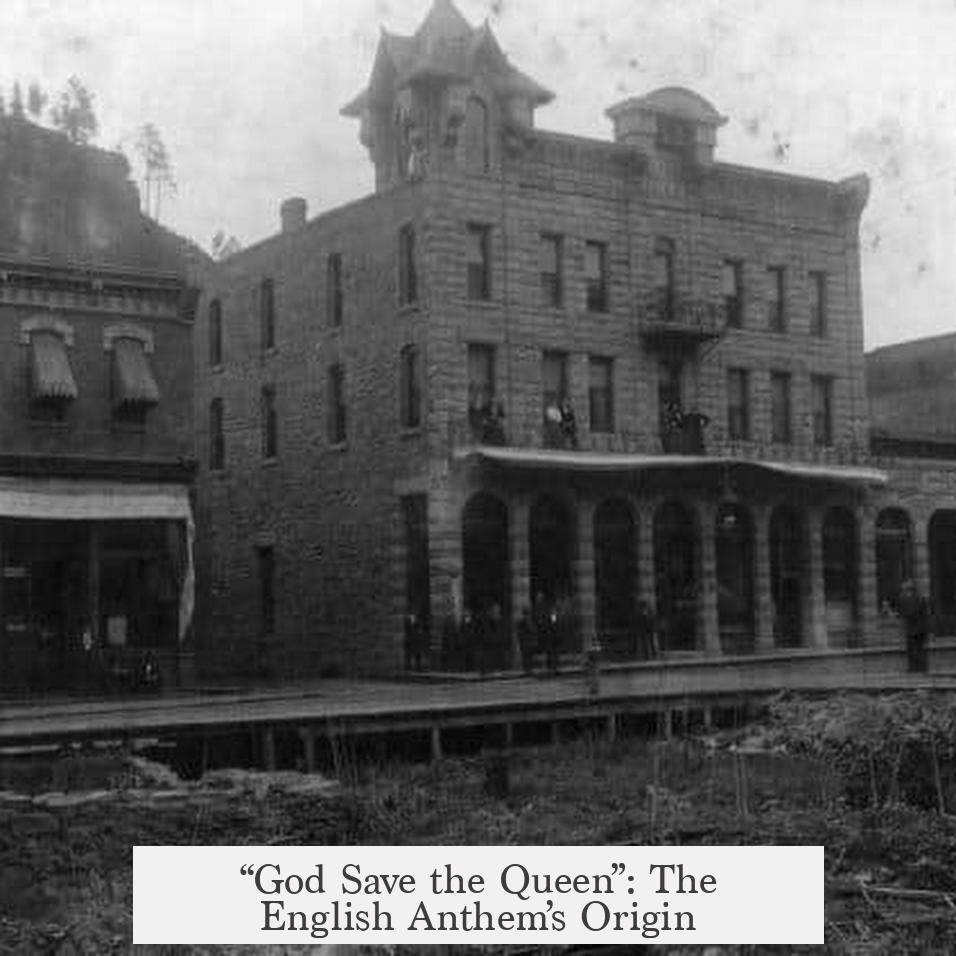
This melody became famous in England during the mid-1700s, especially after the Jacobite Uprising of 1745. The tune carried a strong royalist message supporting the monarchy. It resonated so well that it soon became England’s national anthem.
The melody’s influence didn’t stop at the English shores. In North America, the same melody was adopted with many different lyrics reflecting the political atmosphere and diverse identities of the colonies and later the United States.
- “God Save America”
- “God Save George Washington”
- “God Save the Thirteen States”
These variations show how adaptable and powerful the tune became, crossing oceans and ideologies.
“My Country, ’Tis of Thee”: An American Embrace

By 1831, the American version of this melody got a fresh set of lyrics crafted by the Reverend Samuel Francis Smith. It became “My Country, ’Tis of Thee,” often called just “America” for the tune.
The song expresses patriotic feelings aligned with American identity, but with the same old melody as that English anthem praising monarchy. The irony is delicious—but also historically understandable.
“My Country, ’Tis of Thee” became one of the United States’ important patriotic songs before “The Star-Spangled Banner” rose to official anthem status.
Classical Composers Loved the Tune, Too
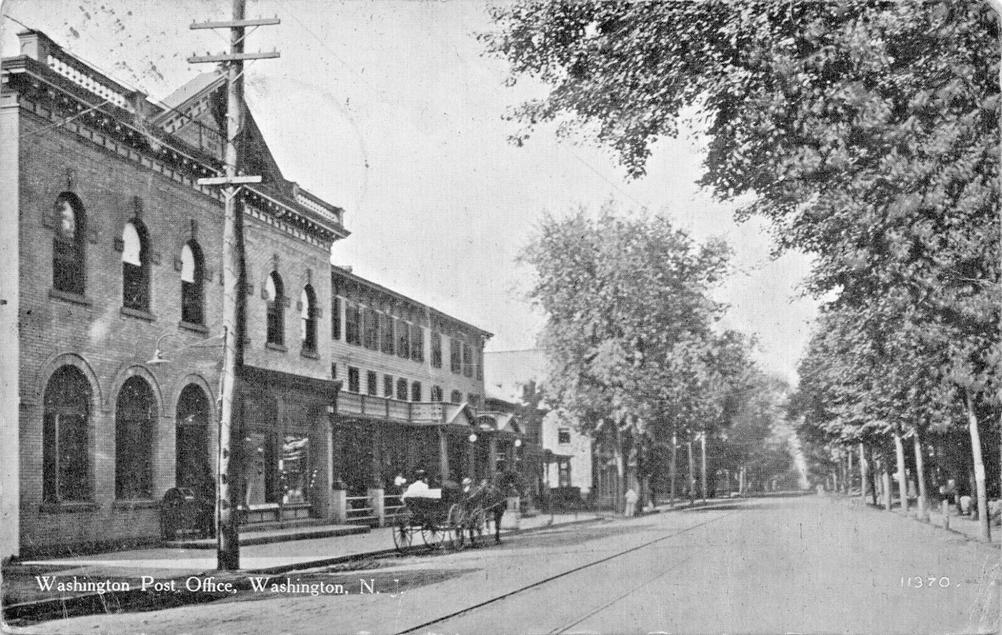
The tune’s popularity is reflected in its adaptation by renowned composers. Beethoven penned variations on it. Rossini used it in the finale of his opera Il viaggio a Reims, mixing it with other national anthems.
This illustrates the melody’s versatility and universal appeal beyond politics or geography.
More Examples of Contrafacta: It’s Everywhere!
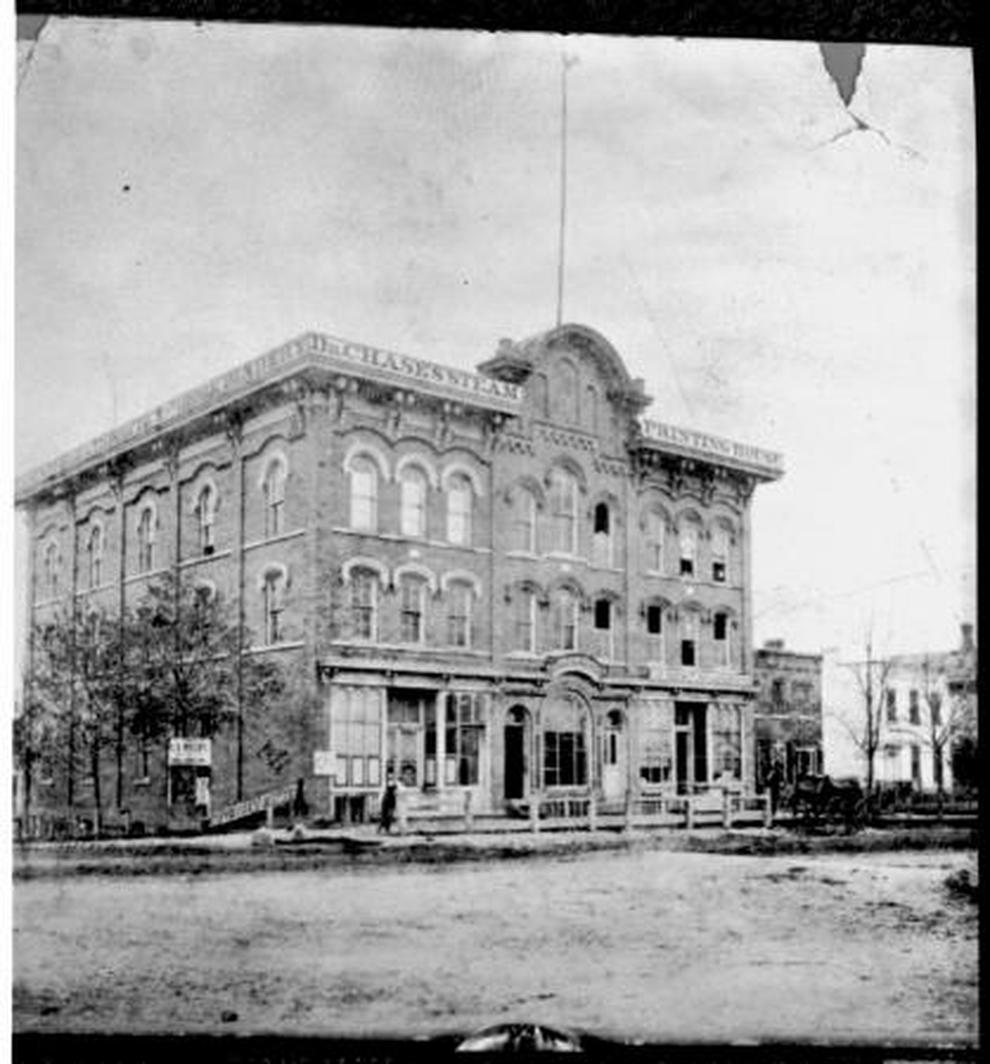
Want proof that contrafactum is a time-tested musical strategy? Check out these famous tunes:
- “Twinkle, Twinkle, Little Star”, “Baa Baa Black Sheep,” and the Alphabet Song all share the same French melody “Ah! vous dirai-je, maman.”
- “Happy Birthday” started life as “Good Morning to All,” before new lyrics took over.
- Goethe, the German poet, rewrote German folk songs with poetic flair, turning old tunes into new literary art.
- The Austrian anthem by Haydn was retexted famously as “Deutschland, Deutschland über alles.”
- The American Civil War showcased contrafactum clearly: “John Brown’s Body” gave way to the “Battle Hymn of the Republic” lyrics, with competing tunes for the Union and Confederate sides.
So, contrafactum isn’t just a quirky footnote; it’s a core part of how cultures share and reshape identity through music.
What Does This Mean for the Listener?
Knowing this story adds layers to listening. “God Save the Queen” and “My Country, ’Tis of Thee” may have different words and political messages, but their shared melody carries a history of cultural exchange, adaptation, and shared human emotion.
It reminds us that music can transcend borders and ideologies—even if the lyrics try to draw lines.
So, Should We Think of “My Country, ’Tis of Thee” as a Borrowing, a Tribute, or Something More?
Probably all three. The melody’s journey shows that tunes are like vessels—flexible, reused, and reimagined over time.
And by embracing this melody, Americans of the 19th century could tap into a powerful, recognizable tune to unite people. It made the song easier to learn and sing, boosting patriotism effortlessly.
Final Thoughts: The Melody’s Survival Strategy
At the heart of this tale is a survival strategy for melodies and culture: reuse, remix, and reimagine.
From royal anthems confronting rebellions, to new nations seeking identity, to timeless children’s songs, tunes thrive when they’re adaptable.
Next time you sing “My Country, ’Tis of Thee,” you’re part of a long tradition stretching back centuries—a tradition where music is shared, changed, and loved across time and place.
Why do “God Save the Queen” and “My Country, ‘Tis of Thee” share the same melody?
Both songs use a practice called contrafactum, where new lyrics are set to an existing tune. This tradition dates back to the 13th century in Western music.
What is the history behind the melody of “God Save the Queen”?
“God Save the Queen” became popular in England around the mid-1700s, especially after the Jacobite Uprising in 1745. It was used with many different lyrics over time.
How did “My Country, ‘Tis of Thee” come to use the same tune as the British anthem?
In America, the tune was adapted with new words by Rev. Samuel Francis Smith in 1831, creating “My Country, ‘Tis of Thee.” The melody was already well-known and often reused.
Are there other well-known songs that share melodies through contrafactum?
Yes. Tunes like “Twinkle, Twinkle, Little Star,” “Baa Baa Black Sheep,” and “The Alphabet Song” all share the same melody. “Happy Birthday” is another example, originally having different lyrics.
Did classical composers use this melody?
Yes. Composers like Beethoven created variations of the “God Save the Queen” tune. Rossini also incorporated it in his opera “Il viaggio a Reims.”
Why was contrafactum a common practice historically?
Contrafactum allowed familiar melodies to carry new messages or serve different purposes, making songs easier to remember and spread, especially before widespread music publishing.
